Part 4 in a series. Click here for Part 1; Part 2; Part 3.
Ironing clothes is high on my list of truly odious domestic chores. Ah, but ironing fabric yardage is another game altogether, and one of my favorite phases of the quilt making process. That brings me to my first tip for this week, which is actually not a tip so much as a rule.
Always press before cutting.
So the fabric gets washed, then ironed, then folded and filed away. Sometime later (maybe years later), it comes back into the light of day to be cut.
At this point, those storage folds are persistent creases. If I'm cutting a strip across the whole width, I don't have to unfold it, so that's fine. But as soon as I need to unfold to make a cut, those creases have got to be pressed out.
For scraps, which may have been sitting in a big crumpled jumble in a bag, the pre-cut pressing is even more urgent.
Sure, it all gets flattened under your transparent ruler, right? Not good enough. Press it.
Always press seams before sewing across them.
Press seams to one side.
Press seams towards the darker fabric.
Patchwork quilting depends on value contrast for its effect. It's the contrast of relative light and dark between two adjacent patches that makes them appear as distinct shapes.
Press seams away from greater bulk.
For this, we need one more tip ...
Plan ahead.
Make yourself a quilt-worthy ironing board.
Here's my everything-at-a glance schematic of how it's done.
The lengths of lumber that surround the ironing board to hold it in place can be any old thing, as long as it's about 1 inch thick. Cut them anywhere from 6 to 12 inches long. Carpenters wood glue will hold them in place without nails or screws, but the nails/screws hold them steady while the glue dries. Be sure your nails/screws aren't long enough to go all the way through the board!
To staple the cover to the board, spread your fabric and batting on the floor and lay the board on top of it, then fold the cover around the board and staple.
I've seen the suggestion that 1-inch gingham check makes a good cover. Not a bad idea, but know that (a) the checks aren't actually 1 inch, (b) the checks aren't square and (c) the gingham you'll find among the quilters' cottons is not generally a sturdy fabric.
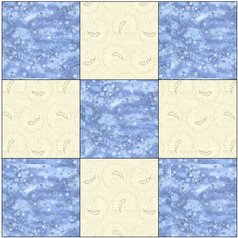
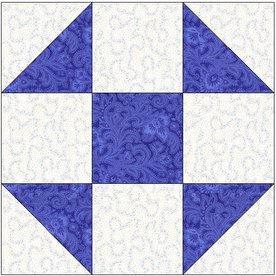
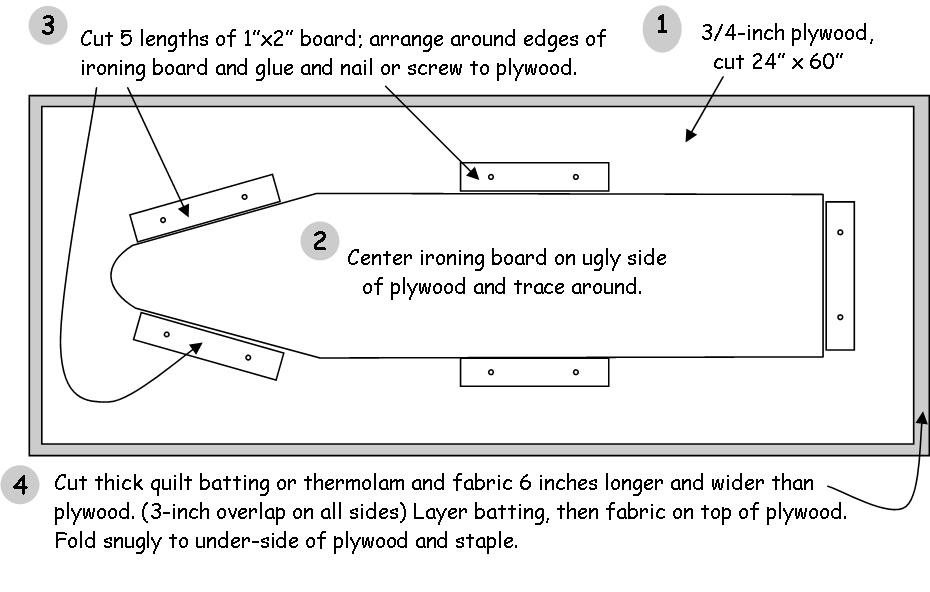
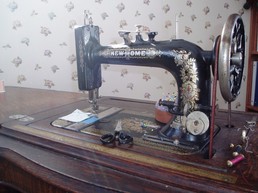
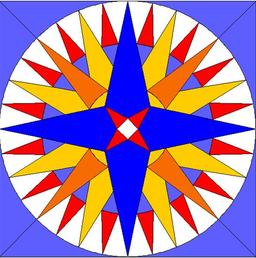
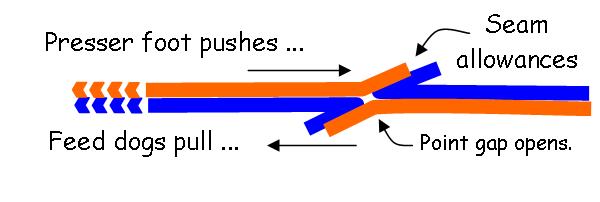
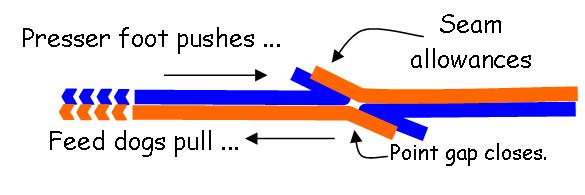
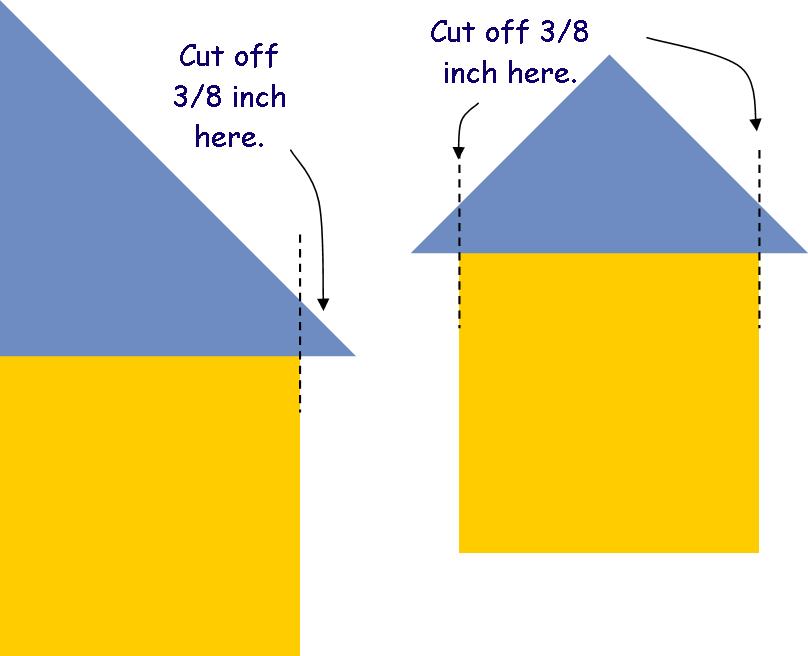
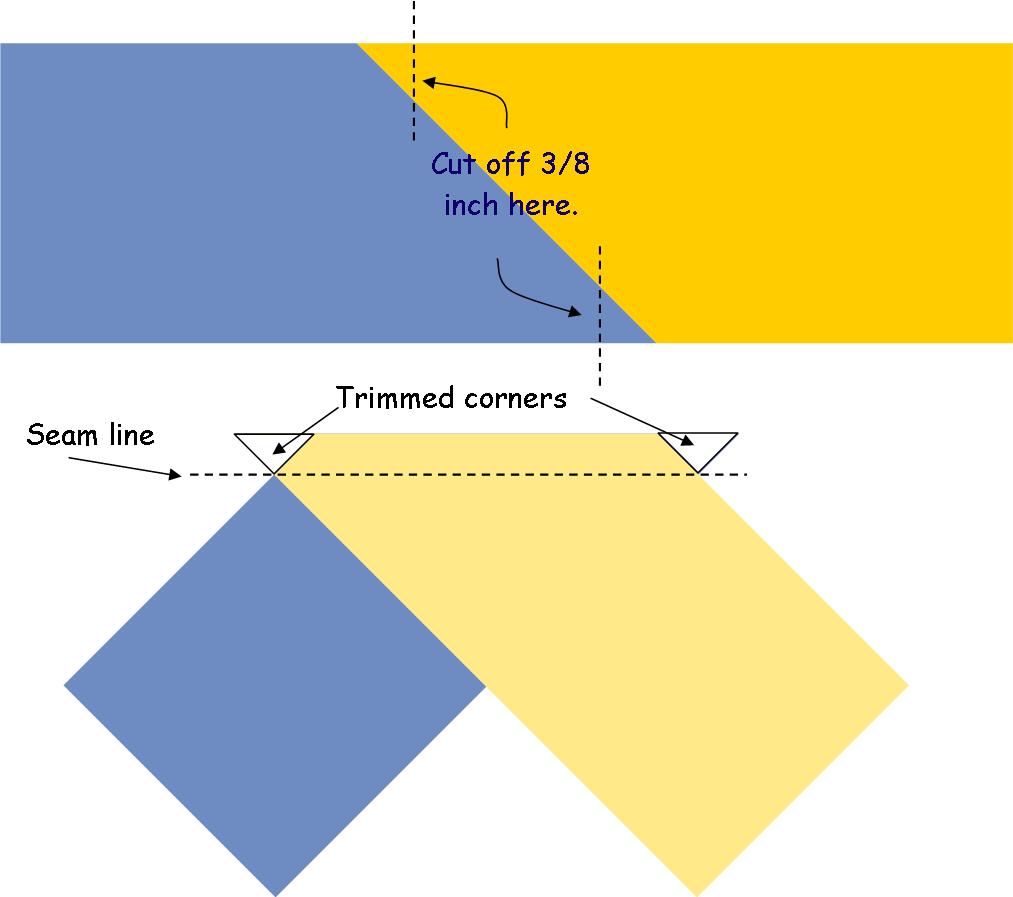
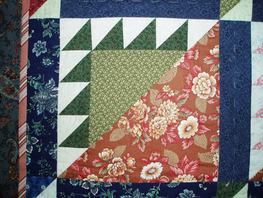
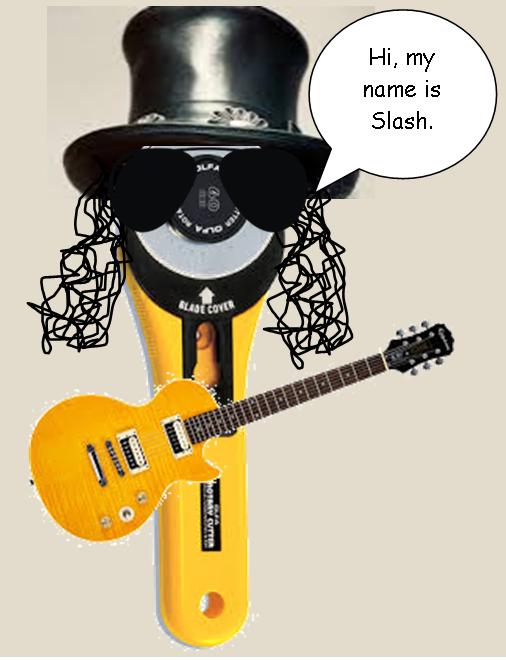
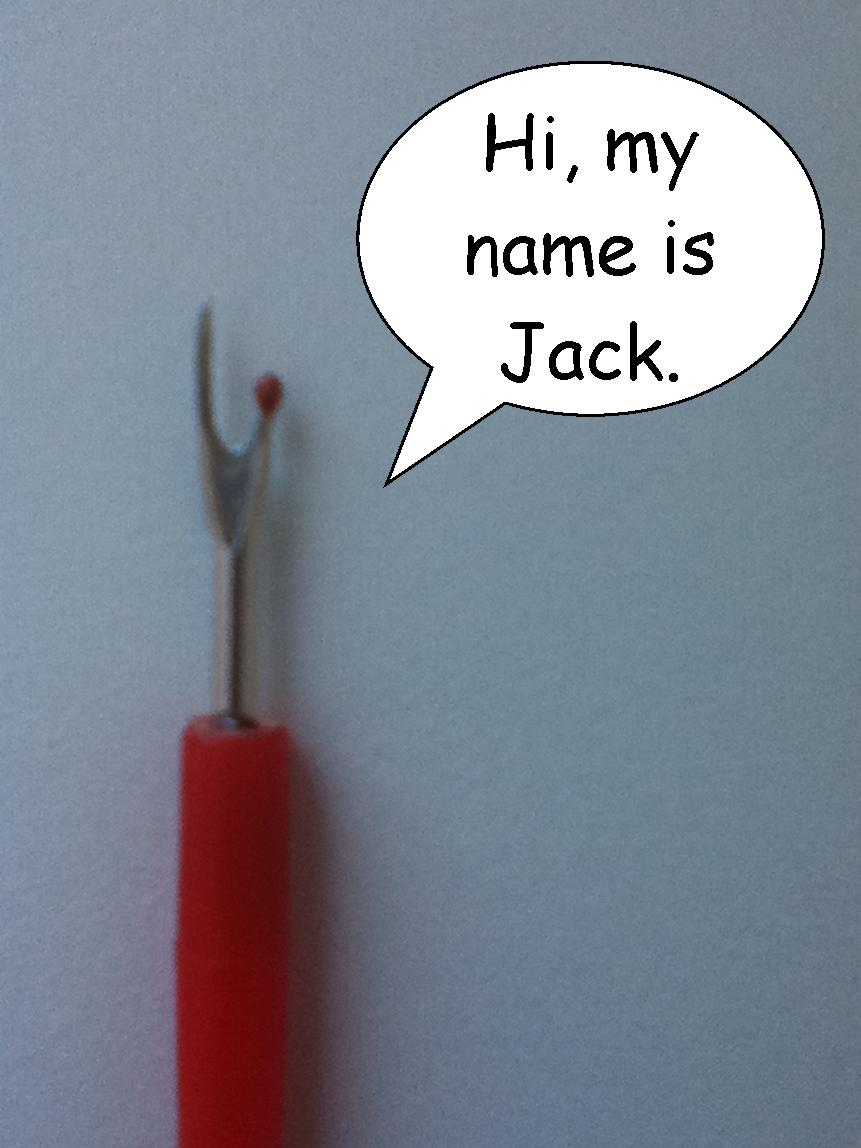
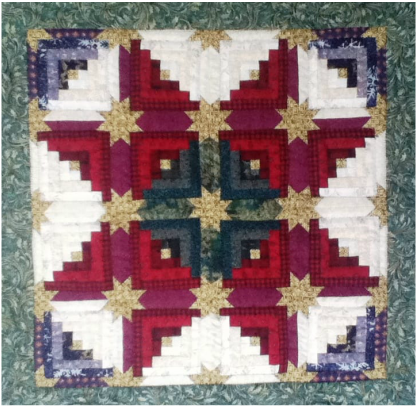
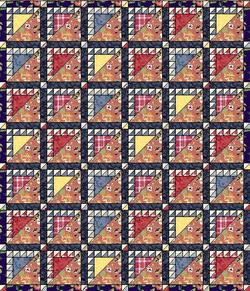
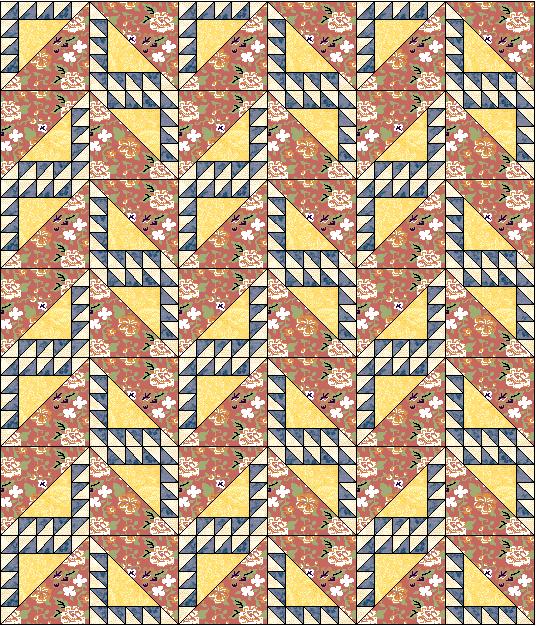
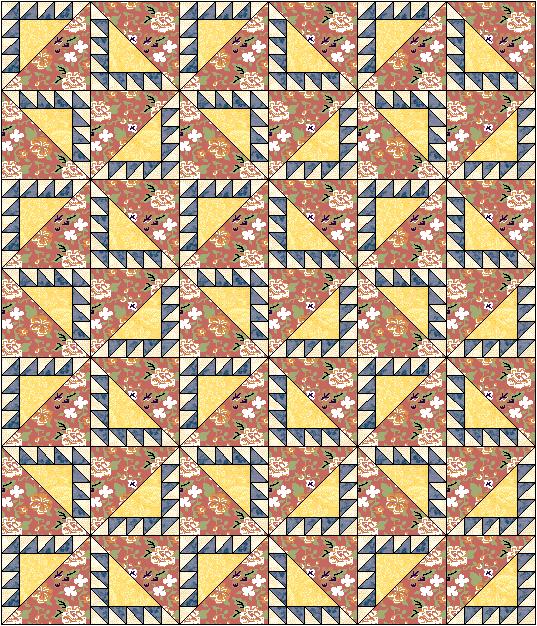
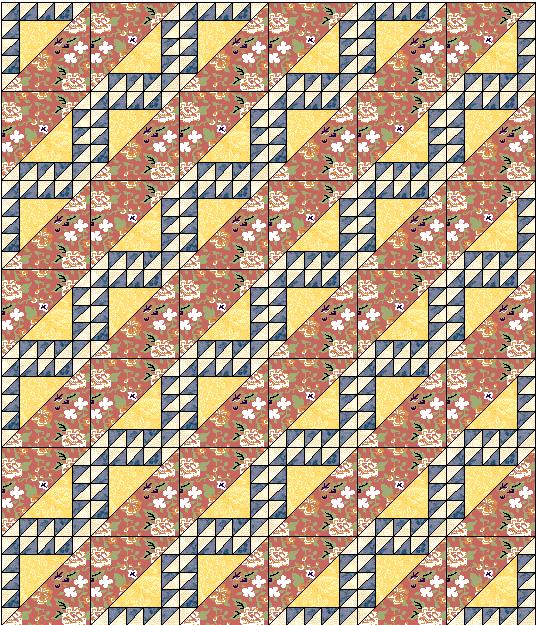
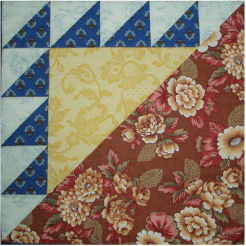
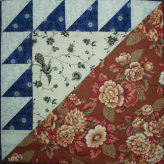
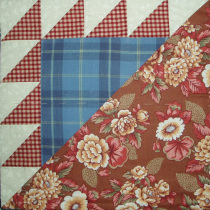
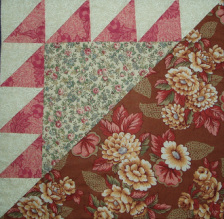
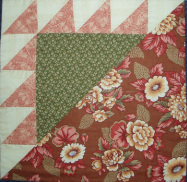
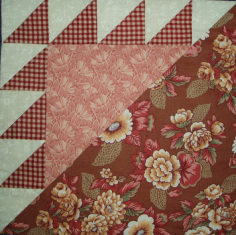
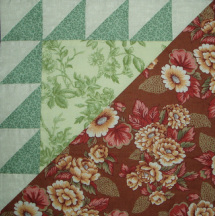
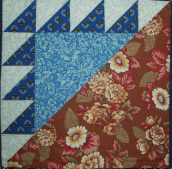

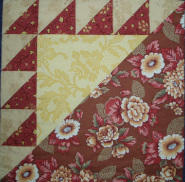
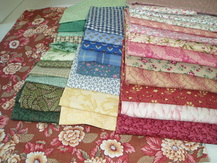
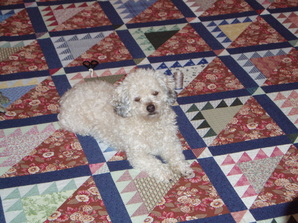


 RSS Feed
RSS Feed